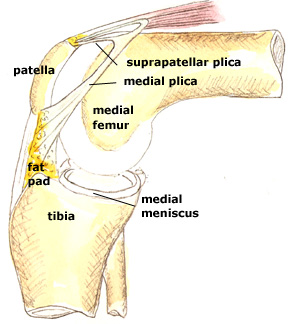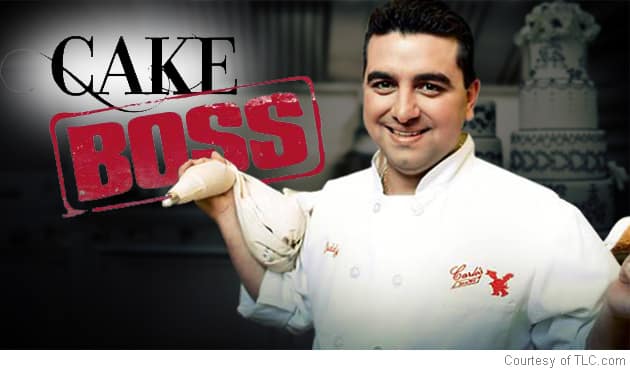Every four years, after I graduate, I go on a pilgrimage. Even though I graduated in 2011, it has only now finally reached the four year interval. This will be my final big trip before the barrage of medical school and residency and fellowship begin. I'm incredibly excited because in two weeks, I will be going to China to see my family. Even though I grew up in America, I can't seem to help but call these trips a "return home." The city is more like a foreign land, but I can't help but feel a sense of familiarity. It has been too long and I've missed family.
What I don't miss, however, is all of the pre-trip disasters that comes along with each trip. The closer the trip gets, the higher the tension at my house. Of course, the main reason for this is my family's propensity for procrastination and absolute lack of gift-buying skills. Every time we begin to plan a trip, we promise ourselves that this will be the year that we begin our gift shopping early. Every time, we make a great plan to tackle the most difficult items first.
1.)
Shop for Family - These are the hardest people to shop for because I am always searching for the one perfect thing. Luckily, our family is small and we have at least 4-5 months to find that one perfect thing for each person.
2.)
Shop for Family Friends - These are the people that get fancy packaged gift baskets/boxes. The packaging on these gifts are probably more important than the gifts themselves. The key is to show that you were willing to forgoe an extra pair of pants to fit that large satin bow because this family friend just means so much to you.
3.)
Shop for Friends of Family Friends (AKA Total Strangers) - Food. Gifts of foreign food (Hershey bars are considered foreign food) are great as a little something so you never see anyone empty handed. Chinese tradition says that you never come home from abroad without preparing gifts for your family and any stranger that happens to visit your family during your stay. It's very rude to
neglect to give a gift to your grandfather's old colleague's young grandson and his entire entourage (none of whom you've ever met before).
Every time, we have only one or two weeks to
finish start shopping. After several days of wandering aimlessly and angrily (increasingly so) around the mall, we all begin to panic that we'll arrive at the airport with empty suitcases. So, we start at the bottom of the list.
1.)
Costco - We buy as much chocolate as we can carry. There are approximately 100 pounds. We figure this will cover 8-9 random strangers; we grab a couple more boxes because my grandma is very popular and has just joined a new walking club.
2.)
TJMaxx - We buy the perfume sets and the pretty baskets of lotions. The more awkward the shape and the more needless space it takes, the happier we are with the purchase.
3.)
Best Buy - We are at a loss for what to buy. We decide that we are going to buy each family a gift because 3 families is far less than 9 people. Cool gadgets and shiny metals are great! We are exhausted and whatever the GeekSquad guy suggests, we nod our heads at.
4.)
HOME - We eat a pound of the chocolate. My mom tags the weird perfumes for immediate return. We stare at the cameras and wonder if the power adapter will work in China. We assume it will and we all lean back in relief that the next trip is not for at least another year.*
T-minus two weeks means today is the first day of mall pacing. Oh boy.
*Due to our different schedules and our new cat, Auggie, we cannot all take long 3-week getaways together. Therefore, my mom and dad and I take turns. Summer 2012 is my turn!






